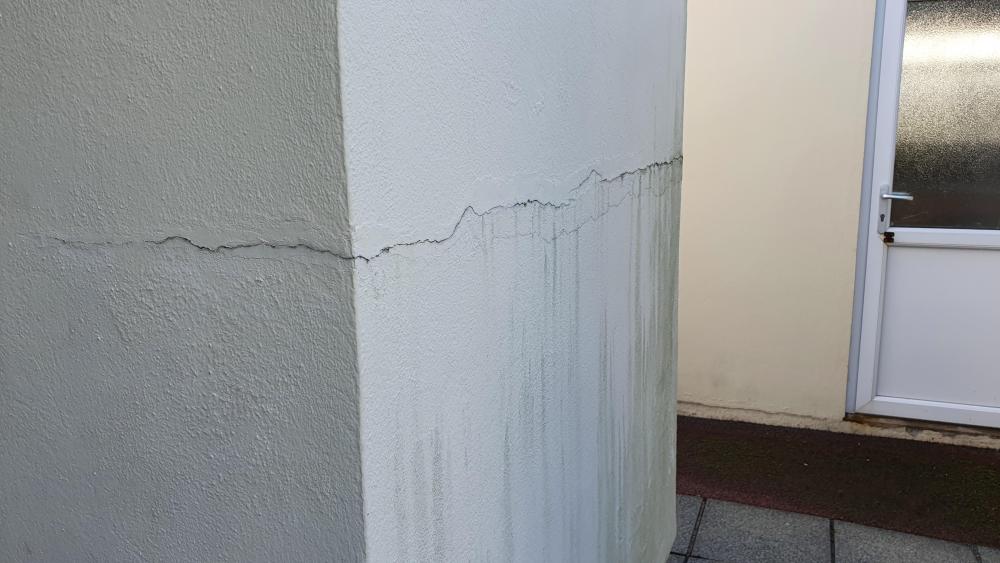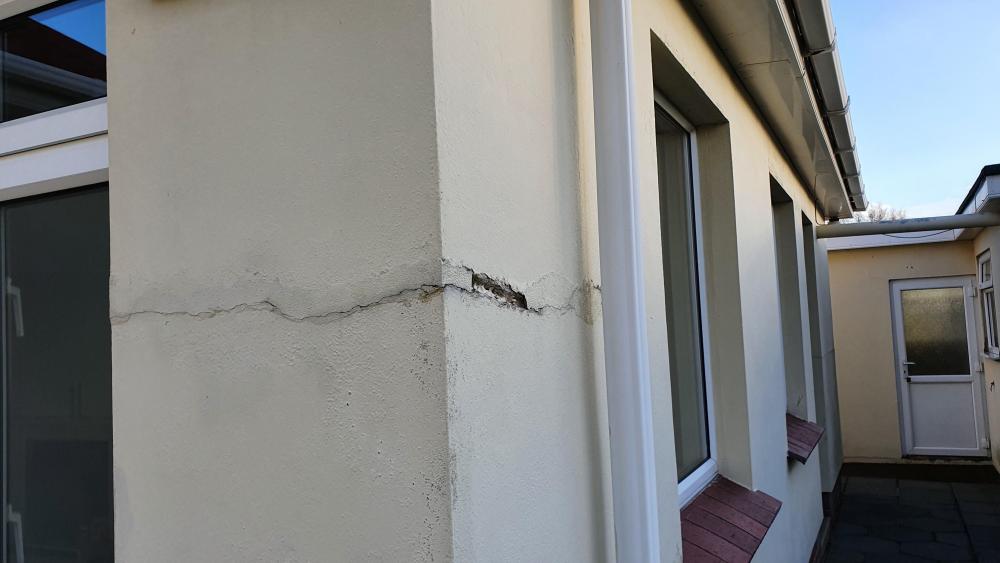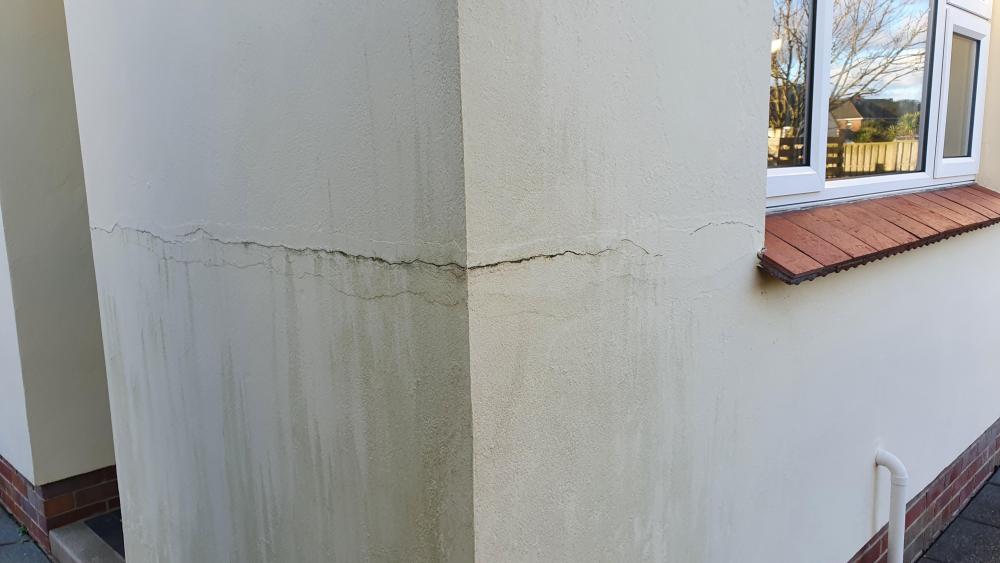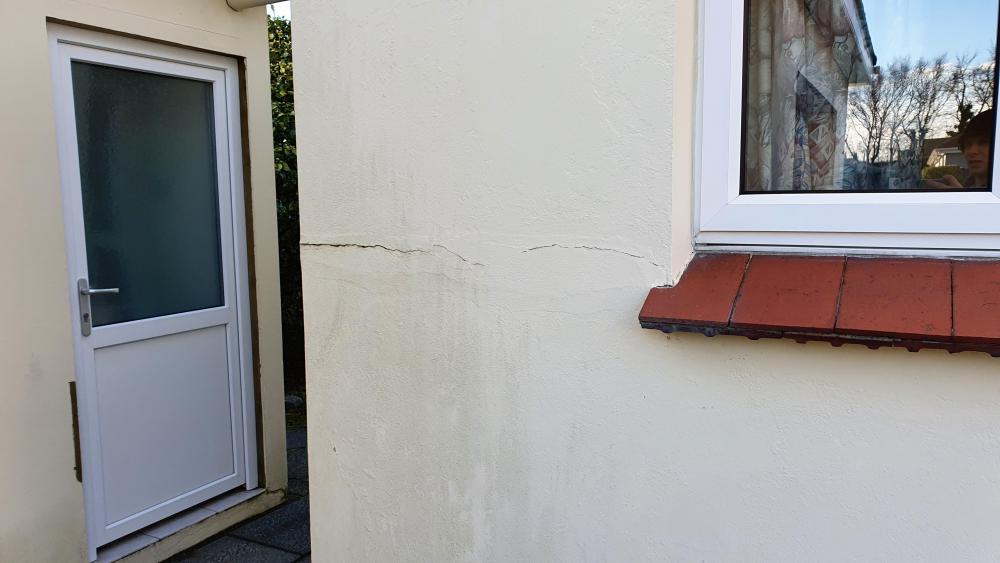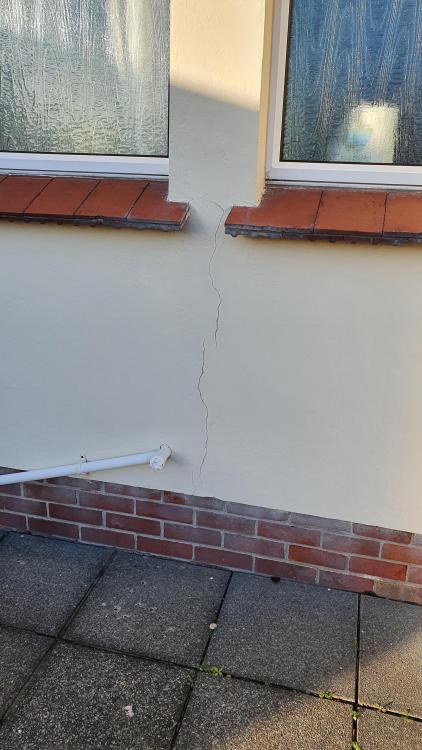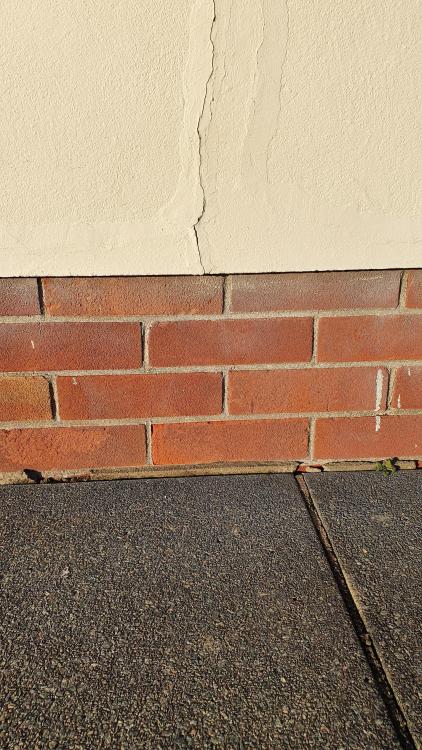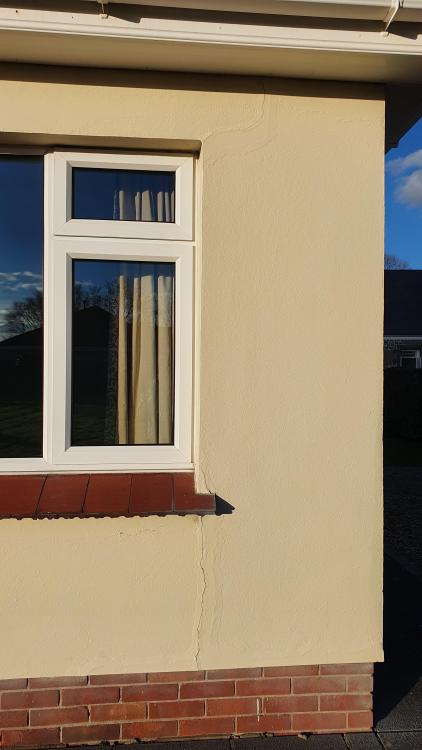Search the Community
Showing results for tags 'cracking'.
-
Hi All, Just need some advise please, the blockwork for my extension went up back end of last year when we had rain pretty much every day through October, so the blocks got wet. I've now got many cracks in the mortar vertically, some step in places, some go horizontal and some split blocks vertically. Most are hairline, a couple slightly wider about 1mm. They're around every window, and on every wall, in some places only 2-3m apart. The long wall of the house, 13m, has brickwork on the outside skin (blockwork inside) and doesn't have any cracks in the external brickwork but cracks on the internal blockwork. The other walls with blockwork internally and externally have cracks in both skins. No cracks go below damp course, none are wider at the top, they're all pretty consistent. My understanding is the cracks are very likely to be from materials shrinkage which would make sense given the weather when the blockwork was completed. I was hoping to wet plaster the walls and the external blockwork will be rendered. I read thermal movement cracks shouldn't necessarily be filled as can stop the house returning to the original state which then leads to larger cracks over time, though if this is likely shrinkage (thoughts?), I don't believe I'm likely to see any further movement anyway. Would obviously like to avoid having to scrape out the mortar and/or replacing blocks if unnecessary. In summary: * Does this sound like normal shrinkage? * Assuming shrinkage, will plastering straight over the cracks lead to cracking of the plaster in the future? * Would future cracking in the plaster be reduced if the cracked mortar was scraped and filled, the cracked blocks were replaced or silicone simply be run in the cracks? * Would dot and dab be a better plaster solution or do the board joins just crack if the walls move anyway? Thanks in advance for any support!
-
Hello, looking for peoples thoughts on what these cracks might be on this house? Horizontal and vertical. The vertical cracks don't go through the brickwork to the ground, but the one near the corner where it goes into the window and out again at the top goes right through and can be seen inside. The walls are single block built 1960s. I am concerned it could be subsidence? But I would have thought the cracks would be seen going to the ground as that's where the movement would start? It looks like the cracks have been patched up in the past, but the plaster has cracked again! I would be grateful to hear peoples thoughts on what this might be! Thanks
- 11 replies
-
- cracking
- block wall
-
(and 4 more)
Tagged with:
-
Is there anyone who can help me with information about thermal expansion cracking of the slab or walls in a passive house? I have a technical concern regarding passive raft foundation and (ICF) concrete walls for a passive basement construction (part of a passive dwelling). In technical terms: Any solution to accommodate anticipated differential movement between the raft foundation concrete with an underfloor heating system and the concrete walls that sits on the raft foundation? My concern is regarding the thermal expansion of the concrete in a raft foundation with an underfloor heating system. The temperature of the concrete in the passive raft foundation may fluctuate with 8°C / 15°F or more, compared to the temperature of the ICF concrete basement wall, depending on the season and the heat from the underfloor heating system. With the size of the raft foundation plat, this will induce a calculated expansion of the foundation slab concrete with 2-3 mm. The ICF concrete walls, supported by the foundation system, does not expand, as the temperature do not fluctuate similar. Perhaps we should made expansion joints between the raft foundation plate and the ICF wall, allowing them to slide the anticipated 2-3 mm on each other? However, to make the basement construction strong, we would want to connect the raft foundation system concrete and the ICF concrete wall with reinforced steel. Have anyone heard of this problem and any solution or guidance on how to solve it? Are there any experience about this potential problem anywhere? Expansion cracks in a concrete slab can potentially damage technical installations in the slab, including the heating pipes in the floor/foundation plate. I would very much appreciate any tips / advice. :-)
- 5 replies
-
- passive house
- raft foundation
- (and 11 more)
-
TL;DR: scroll down to "So my questions are about the render" or if you fancy a read about the context... We have a fully rendered house. The render is about 15 years old in its newest spots, maybe 20-25 years old elsewhere. The render is sand and cement. The problems with this are: It has popped (taps hollow) in the more exposed locations Rusted corner beads There are cracks everywhere Signs of water ingress in some of the worst places Numerous bits crumbling away around the bead at DPC level My original plan was to install EWI at the same time as also replacing the windows (which are also in a bad state of repair). The trouble with this is the cost. Not only in terms of the EWI, but in terms of what the EWI has a knock-on effect on. For example: Making sure EWI meets loft insulation Digging, parging, insulating below DPC Moving drains Bricking up windows that are overlapped by insulation Converting lean-to roofs to warm roofs. Moving the electricity meter Changing other services running in and out Probably replacing rainwater goods Probably replacing soffits/fascias I definitely intend to install EWI in the future. The reality for most people though is that this is extremely expensive. So I wondered what my other options were, and if I can make this project much financially tolerable for my family. Here's what I know I can do to plan for the future: Follow details to allow new windows to be moved into the insulation layer later Get the cavities fully filled (currently crap partial fill - will source some sort of foam... or something) If I have a lower initial project cost, I can spend a little more on quality for what I am actually buying, e.g. window quality If I were to not install EWI and just fix the render, I would want at least a decade, I would hope, to save for EWI with ideally NO maintenance in that time period. So my questions are about the render: Is there much point in "patching up" S&C render? What should I fill the removed sections of render with? Won't other areas go, or crack at the join between the two? Is it better to rip the lot off and start over with a modern render, e.g. silicone? Could we render over the top of the existing render? (This would reduce the space for insulation later if we also don't convert the roof to a warm roof at the same time). Would really appreciate people's knowledge on this one...
- 26 replies
-
- render
- external render
- (and 8 more)
-
Help anyone, just been advised by one of the tilers providing a quote that the UFH system needs to be powered and tested prior to laying floor tiles to reduce the risk of cracking. The frame is MBC with MBC laid pipes but looking to get tiles / kitchen in asap but power not expected until early December so dependancies are creating a problem. 1) is cracking really a risk for this type of insulated floor? 2) is there a way to power test / heat cycle the UFH on temporary power? 3) Any other options / ideas?

